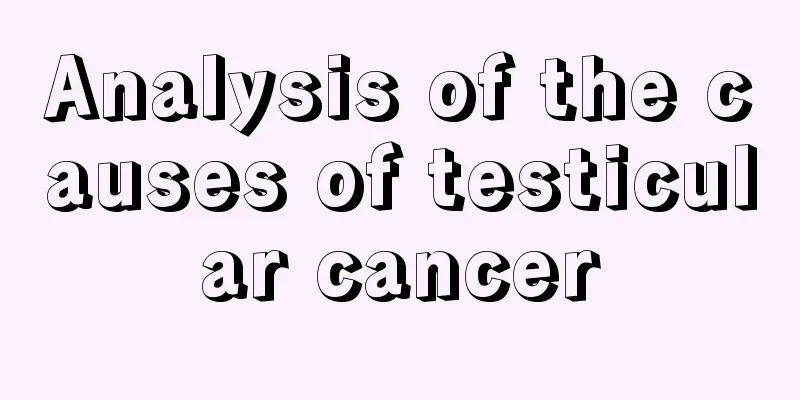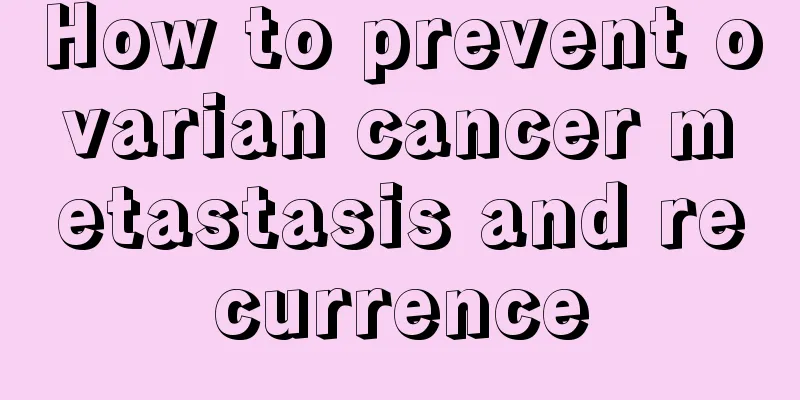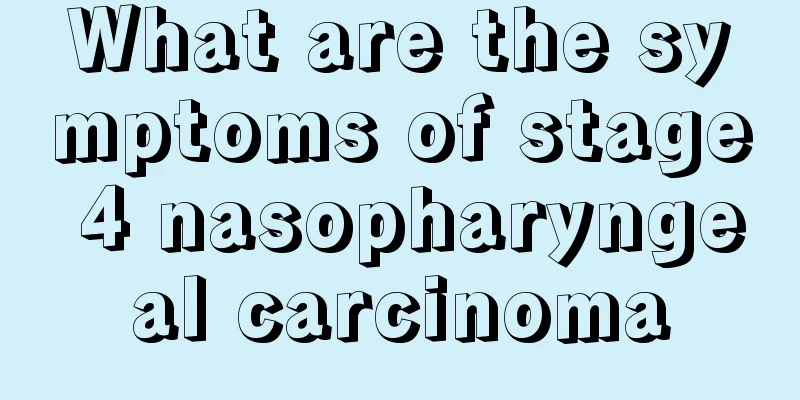How long does it take for nerves to recover

|
There are many neurological diseases, which are often caused by sequelae of nerve damage. Generally speaking, if the symptoms are relatively mild, these sequelae will gradually be alleviated after a period of recovery. It takes about two years to recover, and sometimes it may take longer. Of course, if the condition is more serious, or nerve necrosis occurs, it cannot be recovered at this time. It can be treated by certain methods. Let us understand how to treat neurological diseases. How to treat neurological diseases 1. Cerebrovascular disease: During conventional treatment surgery, a head frame is installed throughout the operation, epidural anesthesia is given, and a craniotomy is performed using a hand drill or electric drill. After the craniotomy, CT (computed tomography)/DSA (digital subtraction angiography) is used to check the results, perform aneurysm exploration and clipping, and explore the patient's hematoma, which is then removed or drainage is performed. 2. Periodic paralysis: Periodic paralysis is a group of autosomal dominant myopathies with recurrent flaccid paralysis of skeletal muscles as clinical features. Attacks are mostly accompanied by decreased blood potassium, but increased or normal blood potassium levels can also be seen. According to the changes in serum potassium during the attack and the clinical characteristics, it is divided into three types: hypokalemic type, normal potassium type and hyperkalemic type. The treatment for hypokalemic periodic paralysis is to give 30 ml of 10% potassium chloride solution orally once an hour during an attack until improvement occurs. Hyperkalemic periodic paralysis attacks can be treated with intravenous or oral glucose solution or injection of 10 to 20 U of insulin. 3. Progressive muscular dystrophy: Supportive treatment and symptomatic treatment are the main treatments. Increase nutrition appropriately, pay attention to exercise, and prevent complications. Use a support frame to help with standing and walking, massage and physical therapy to reduce contractures, and correct deformities in advance. There is no specific effective treatment. Prevention is fundamental. Drug treatment can try ATP, glucose, insulin, allopurinol, etc. or temporarily relieve the condition. Growth hormone, calcium antagonists, vitamin E, inosine, etc. can also be used. 4. Myotonic dystrophy: Currently, there is no complete cure for myotonic dystrophy. The goal of treatment is mainly to improve symptoms and slow the progression of the disease. While taking medication, it is also very important to take good care of your diet. In terms of diet, you should eat more protein-rich foods such as fish, shrimp, milk, lean meat, and fresh vegetables and fruits. Do not eat raw, cold, or spicy foods that are difficult to digest, and avoid smoking and drinking. Pay attention to weather changes and avoid catching a cold. Maintaining an optimistic attitude and participating in moderate physical exercise can also help recovery from the disease. 5. Ataxia: Acupuncture or knife treatment is commonly used. |
<<: What is the reason for feeling irritable
>>: Can I blow dry my hair if I have chickenpox
Recommend
Early symptoms of throat cancer in women
The early symptoms of throat cancer in women are ...
Postoperative analgesia for rectal cancer
The onset of rectal cancer will directly affect t...
The function of agarwood bracelet
As the name suggests, agarwood bracelet is a brac...
What are the effects of mulberry root bark?
Trees are a very important economic crop. For exa...
Can I put lipstick in the refrigerator?
Lipstick is a popular dressing item. It plays a v...
How can we cure a pituitary tumor?
Pituitary tumors have been troubling patients. It...
What should thyroid cancer patients do if they don't want to have a scar on their neck?
If you do not want to leave scars on your neck du...
The structure and function of small intestinal villi
Most people may not know what the structure of th...
The symptoms of bone cancer are not easy to detect
We should pay more attention to bone cancer. Gene...
Can garlic be stored in the refrigerator?
Garlic is a food ingredient that we usually eat. ...
How to quickly reduce lip swelling
Although the lips are a very small organ, their r...
What should I do if I have acne under my lips?
Acne under the lips is a common phenomenon in our...
What causes thickening of the back?
Although a thicker back will not affect physical ...
When is the best time to practice yoga?
As a sport for fitness and self-cultivation, yoga...
The efficacy of pill mask
When it comes to skin care, female friends have n...









